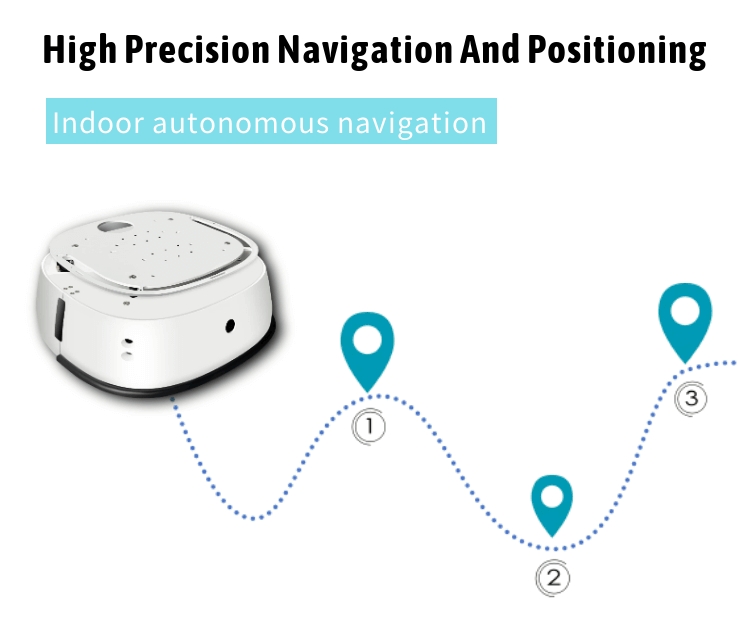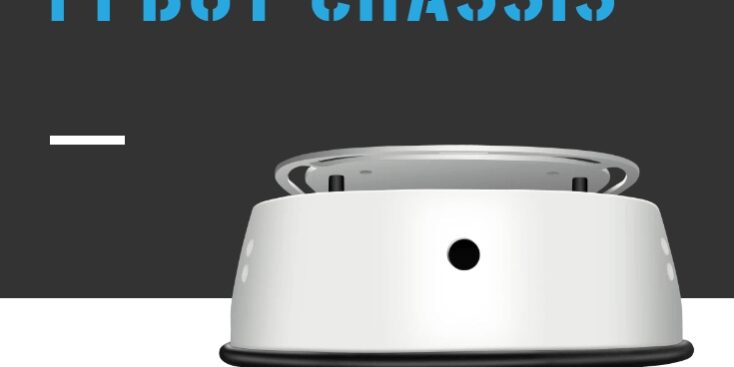Introduction:
The chassis is a crucial component in mobile robots, serving as the driving force for movement and navigation. As mobile robots become more prominent in various industries, choosing the right chassis is essential for ensuring efficiency, adaptability, and longevity.

Key Types of Robot Chassis:
- Tracked vs. Wheeled Chassis
- Tracked Chassis: Best suited for rugged environments, with excellent traction and off-road capabilities. Ideal for outdoor applications, but slower and noisier.
- Wheeled Chassis: Common in industrial and commercial robots (e.g., delivery robots). Offers higher speed and quieter movement, suitable for indoor and outdoor environments.
- Types of Wheeled Chassis Configurations:
- Front-Wheel Steering + Rear-Wheel Differential Drive: Cost-effective but has a larger turning radius and less flexibility.
- Two-Wheel Drive + Universal Wheels: Provides strong flexibility, simple structure, and easy control, making it highly adaptable.
- Four-Wheel Drive: Offers powerful straight-line movement and high torque, but at a higher cost and complexity.

Integrating Sensors and Navigation Systems:
Modern robot chassis incorporate LiDAR, ultrasonic, infrared, and vision sensors to ensure precise navigation and obstacle avoidance, making them essential for service and inspection robots.
Challenges in the Industry:
- Cost: High-performance chassis can drive up the price, impacting adoption rates.
- Customization Needs: As different industries demand more specialized functions, the chassis will evolve towards more specialized, high-performance, and custom-made designs.
Looking for a versatile robot chassis that fits your specific needs? CPJ ROBOT offers custom-designed mobile robot chassis with strong adaptability for both indoor and outdoor environments. Our chassis systems are modular, open for secondary development, and configurable to meet your unique requirements. Contact us today to learn more about our innovative solutions!






